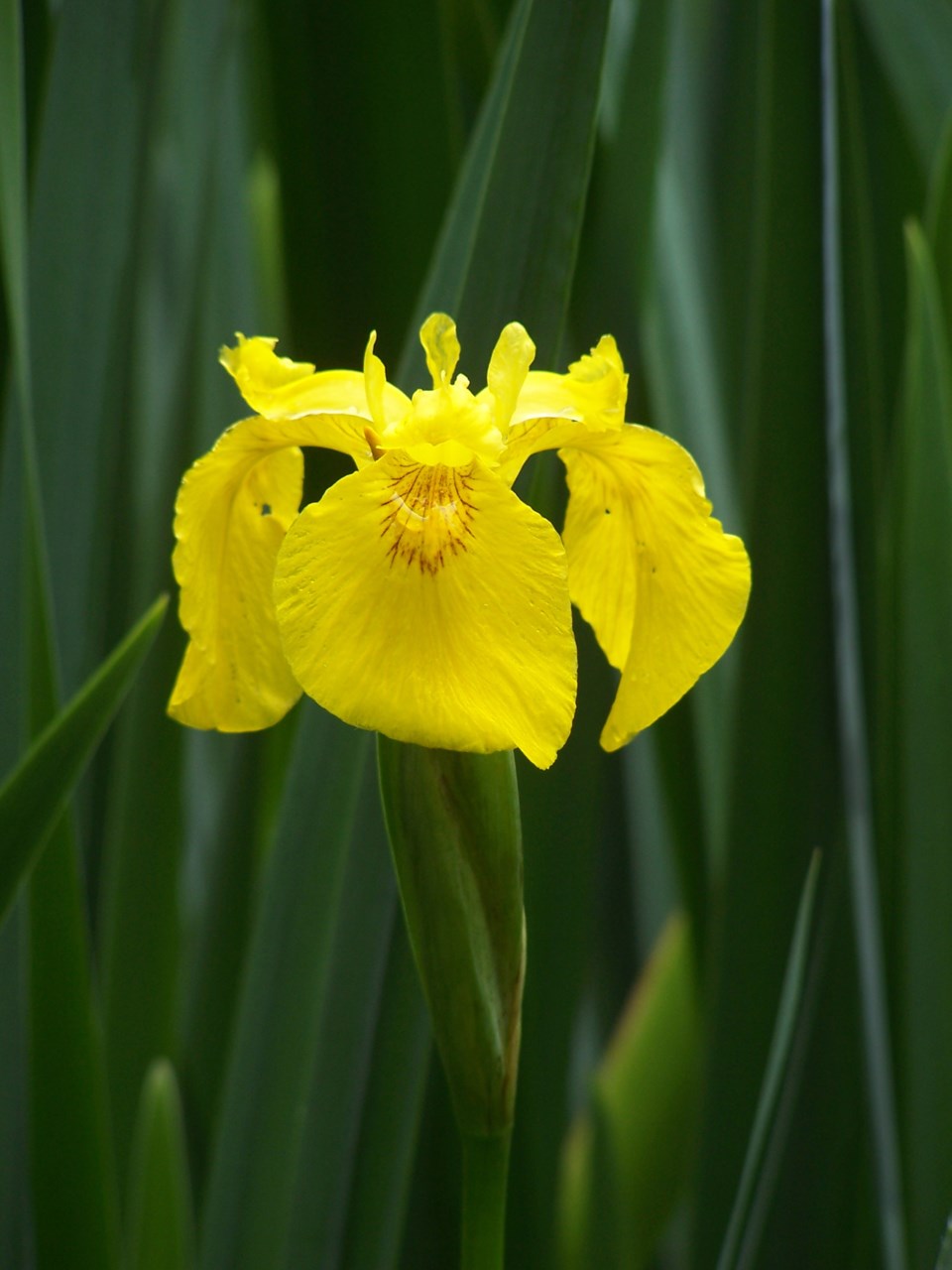Have you ever completed one of those quizzes that are supposed to determine if you are right-brained or left-brained?
People with right-brain characteristics are said to be intuitive, thoughtful and artistic, while left-brained people should exhibit signs of logical and analytical thinking. While some would argue these tests are not much better than determining your Zodiac sign, I find them frustrating as my scores are always 50-50. Which I suppose indicates "I can't make up my mind"!
That preamble brings us to today's article, which is a debate of sorts about the threat of invasive species. Having just returned from a conference on the topic, there is much information to mull over regarding which plants to kill and why ... and how. And to what end?
To be listed as an invasive plant the general criteria includes: non-native, vigorous growth, hardy survivor of weather fluctuations, prolific seed producer, no predators and a demonstrated ability to disrupt the existing natural ecosystem to its advantage. Sounds like the description of a tough cookie, and it is. Yet it is also the description of a successful warrior: "I came, I saw, I conquered", to quote Julius Caesar.
And here the debate begins to pick up speed: what is a non-native species? What is a stable ecosystem? Why should we humans be interfering with Nature, especially when we use chemicals to fight these species? All good questions, and giving me a headache as to "which side of the debate" to support.
Depending on how you define native versus non-native kicks off the debate. The last continental glacier that covered the area we now call southern Ontario was the Wisconsin, it being a couple miles thick and extending well into the middle of North America.
The Wisconsin glacier arrived about 110,000 years ago, hung around for 100,000 years, then melted away about 10,000 years ago. In its wake were deposits of sand, gravel, mud, bedrock and a fluctuating water level. No plants or animals survived; everything that eventually established itself had to come from away.
So, technically, maple trees are non-native to Ontario as they had to seed themselves from mid-America; hemlock is non-native as it had to expand its range northwards from the south-eastern seaboard; birch trees are non-native as they have only been here for a few thousand years. Right about now you left-brained folks are crying "poppycock" while the right-brained folks are going "oh, way cool, who knew?"
Next discussion point is the source of these new plants: did they arrive naturally (as above) or were they brought here by humans (assisted migration)? Food plants were first detected as suddenly appearing in places far beyond their assumed origin only about 1,500 years ago.
This has been determined by studying pollen grains found in the layers of mud at the bottom of deep lakes, and within the peaty depths of bogs. These core samples are read like a book, each deeper layer going back through time, newly arriving species being determined by presence or absence of their pollen grains.
Next came European exploration and settlement, with numerous plant species being brought over to the New World either deliberately for food or accidently in bilge water and animal manure.
Alien species, as they were called, became prolific around the Great Lakes. As they escaped from gardens and field cultivation, they began blending in with the local plants, establishing themselves as "just another part of the landscape".
More recently there has been the massive impact of horticultural species being brought here from afar to ensure that your flower gardens, both terrestrial and aquatic, stood out from your neighbour's.
Many of these introduced species are the ones on our current invasive plant list: purple loosestrife, giant hogweed, periwinkle, phragmites reed, yellow iris, goutweed, etcetera. They have no natural predators and have managed to infiltrate every habitat of the environment.
A well-known adage is that a weed is just a wildflower that no one appreciates. Indeed there are those who feel that a beautiful bed of colourful flowers is just what the world needs to see, and that bees need for pollen collection (to make honey, that we steal from them... but that's another story).
For those who feel that this wave of aggressive plants is upsetting the status quo of an established natural ecosystem, comes the anxiety of what to do about the situation.
Various ploys are in place, from trying to convince greenhouse suppliers and landscapers that certain species should no longer be available for sale, to intense sweaty labour of removing said plants from the habitats they are taking over.
Removal is a tough decision, as eradication will never happen but control of spread is a somewhat obtainable goal. .. with lots of effort over much time and hopefully some supportive funding. Control methods include digging out, seed collections, and/or chemical spraying. That last option is really inserting the wedge between the right- and left-brained crowd!
And so this debate continues as to what is an invasive species, and are they really a threat or just part of the newest organization of species on a changing planet? Kill them on sight or just let it be? The debate rages on and it's giving me a splitting headache.
